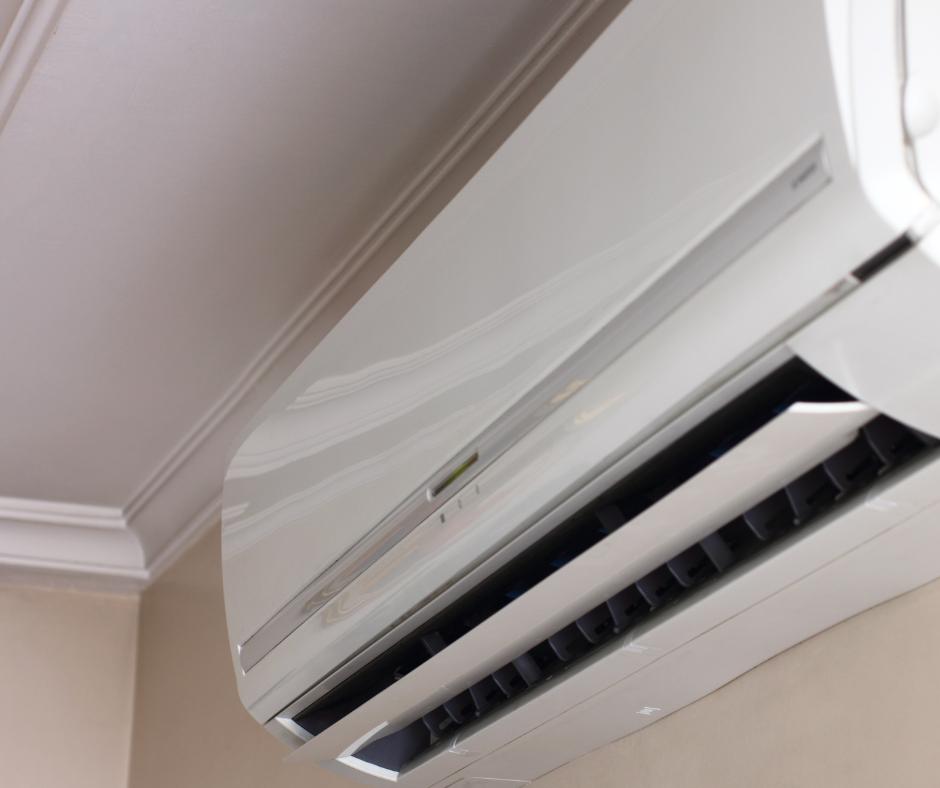
For some reason, the United States has never completely embraced the idea of zoned heating. If you visit Germany, you will notice that the kitchen and the living room are warm and cozy. But the bedrooms are kept at a sleep-comfortable 50 degrees. Since the Germans are among the world’s most rational and technologically savvy people, maybe they are on to something?
Now the snakes of ductwork that have long characterized homes with central heat may be becoming a thing of the past. As with a lot of other things— think handheld devices— minimalism is in. While consumers want comfort, whole-house comfort at the touch of a finger, programmable from anywhere and anytime— they don’t necessarily yearn for tubing. (While a trend has developed that brings ductwork to the fore, emphasizing its industrial look, that may be a way of making the silk purse out of a sow’s ear.)
Ductless mini split: 5 reasons why they succeed
Surveys show more and more people are opting for undercover HVAC: infloor radiant heat, heat pumps that double as air conditioners, and ductless mini splits. To see the various options in this category, check out this site: https://www.comfortup.com/shop.html?Ntt=Dual-Zone+Ductless+Mini-Split+System.
There are at least five reasons why ductless is more appropriate in many cases than the traditional central HVAC.
1. They can be zoned. You can add a unit to a new addition on your house or heat a condominium separately from the rest of the building. You can even add a unit for the upstairs library, allowing the rest of the house to stay 10 degrees cooler (or warmer, or whatever). And yes, they can be retrofitted into a building that has a ducted forced-air system. Why would you do that? Read on.
2. They cost less to operate. Ductless systems may cost a little more upfront, but they are more efficient than the old type of heater. There’s no loss of air through the ducts. You are only heating or cooling the space you designate, not the hallway or the surrounding unoccupied rooms. Plus there are federal, state and utility incentives for investing in high-efficiency systems. And these qualify? Read on.
3. By definition, smaller size and targeted heating/cooling result in energy savings. Plus ductless mini-splits are built to Energy Star standards. This means you can reduce your carbon footprint while improving on your comfort zone. All ductless systems use the most advanced coolant— R410-A— which has less impact on the environment than the old refrigerants, outdoor and indoor. Really? Indoor air as well? Read on.
4. With traditional systems, ducts are great collectors of dust, allergens, bacteria, pollen, mold and whatever else is carried through the air. Unless someone remembers to change the filters regularly, chances are your ducted system is distributing . . . ah, ‘enriched’ air. Ductless mini-splits have multi-stage filtration that collects particulates that would otherwise irritate your eyes, throat and lungs. Which brings us to the last point– irritating construction work! Read on.
5. Installing a ductless mini split is like minimally invasive surgery. You don’t make huge cuts in the walls. You don’t need to worry about the entire cardiovascular system— OK, we’re carrying the analogy a bit far here, but consider the three-inch opening for a conduit between the outside unit and the inside unit, and the number of feet required to go from your basement furnace to the upstairs bedroom. Point taken, right?
A ductless mini split heat pump offers the best of all possible worlds– cheap to operate, easy to incorporate, carbon-light (footprint). Like this Gree multi-zone 24,000-BTU heat pump: http://www.comfortup.com/gree-multi-dual-zone-ductless-mini-split-system-24-000-btu-inverter-heat-pump-9k-9k-indoor
We could go on but you’re probably late for work. Now that you’re ready to check out prices and features, click here: http://www.comfortup.com/heating-and-cooling/ductless-mini-split-systems.
